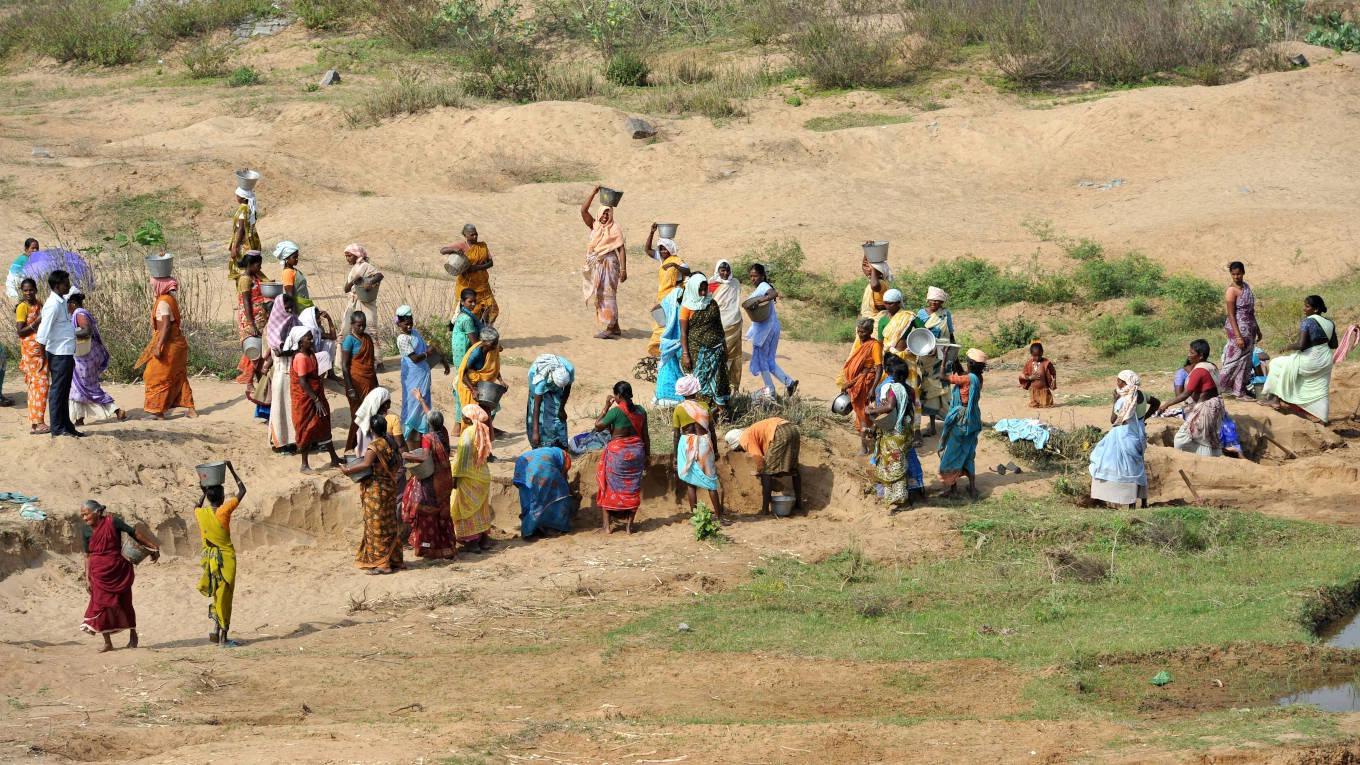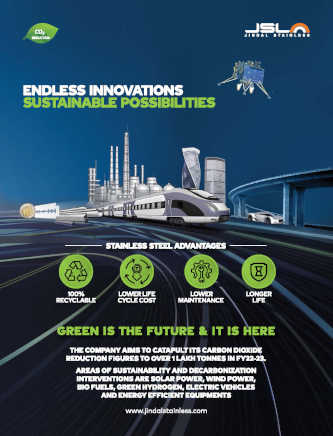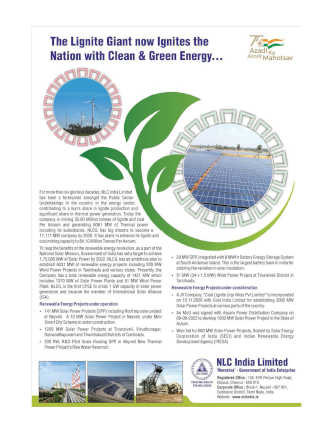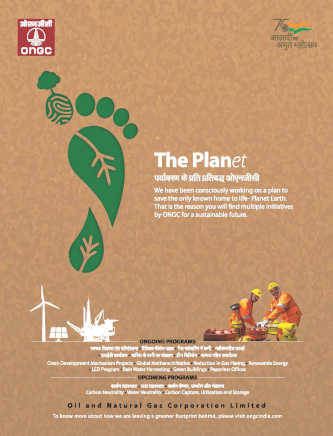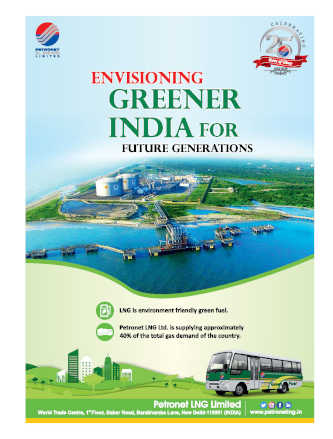
We are living in a world that needs to prepare for the impact of 1.50 warming of the planet. The climate risks to food security, livelihoods, water supply, human well-being are projected to increase with a rise in temperature. The impact of 1.50 warming will be differentiated for regions as well as population groups (IPCC 2018). As we push our planetary boundaries, India faces the challenge of supporting 1.3 billion population on 2.4 percent of the total world’s land. Why food and land use lens? Planning for sustainable land use and management – need of the hour given the inter-linked challenges that India faces Need for developing sustainable food systems
Paying attention to food and land use issues is critical for India, given the global impact of India’s footprint on climate. India, for instance, is the largest importer of palm oil in the world (CRISIL 2018). Agriculture comprises 16 percent of India’s emissions excluding land-use change and forestry (LULUCF). Additionally, LULUCF is a net sink removing 12 percent of total GHG emissions (MoEFCC 2018). Any strategy that India adopts to reduce climate risk needs to focus on sustainable land management, regenerative agricultural practices, and improving land productivity to promote economic development and reduce poverty.
Seventy percent of the rural households in India depend on land for sustenance. Agriculture is the largest source of livelihood in the country (FAO 2018a). 86 percent of landowners in India are small and marginal farmers with less than two hectares of landholdings (Agriculture Census 2014). This target group and women, children, and the elderly would be at higher risk of climate change. The climate risks would also be significantly higher for 275 million people in India, predominantly poor and tribal population, who depend on forests for their sustenance (MoEF 2015, FRI 2017). Non-timber forest produce (NTFPs) provide 50 percent of the household income for one-third of India's rural population, an income equivalent of USD 2.7 billion per year (Institute of Forest Genetics and Tree Breeding 2012). Thus, viewing food and land use issues in tandem is crucial.
The risks from climate change in India are compounded by inter-linked challenges. Agrarian crisis with news on farmer protests and suicides dominate quotidian headlines. There is evidence of increasing water scarcity with depleting groundwater table and unsustainable agricultural practices and inequity in agricultural water use among crops (NITI Aayog 2018, EPW 2018, Sharma et al. 2018).
On 66 per cent of the total cropped area in India, rain-fed agriculture is practiced which contributes to 60 per cent of the value of agricultural GDP of India. However, bias in public investment on agriculture is towards irrigated areas, for instance, government spending on procuring wheat and rice through minimum support price, subsidized pricing of water, power, fertilisers, inter alia (The Hindu 2019, MoSPI 2018, Sharma et al. 2018, FRI 2017). This bias in public investment has led to misalignment of cropping patterns vis-à-vis available resources for irrigation. Wheat, rice, and sugarcane are being grown in areas with low water availability (Sharma et al. 2018). India produced a record 284.83 million tons of food grains in 2017-18. However, farmer incomes have remained stagnant. Agriculture supports half of the workforce in the country, however, it contributes to less than 17 percent of the gross domestic product (GDP) (PIB 2018, Planning Commission 2011). A food and land use lens could enable sustainable planning and equip stakeholders to deal with these inter-linked challenges and structural issues to showcase a path forward for transformative solutions.
Despite high levels of production in the country, India ranks 103 in the 2018 Global Hunger Index (GHI), out of 119 countries. As per the GHI (2018), 15 percent of the population in India continues to be under-nourished. A more granular number from 2011-12 data of the National Sample Survey (NSS) 68th round indicates that 39 percent of India’s population is under-nourished (Rawal, Bansal, and Bansal 2019). Hence, on one hand decision-makers are dealing with malnutrition, hunger, and anemia. On the other hand, they need to plan/manage for increasing cases of obesity, diet-related disorders, especially in urban areas. Thus, the policymakers in India need to plan for these inter-linked but contradictory challenges. Focus of Indian agriculture since the green revolution has been on food security. However, with risks associated with climate change rising, the focus needs to shift to nutritional security.

